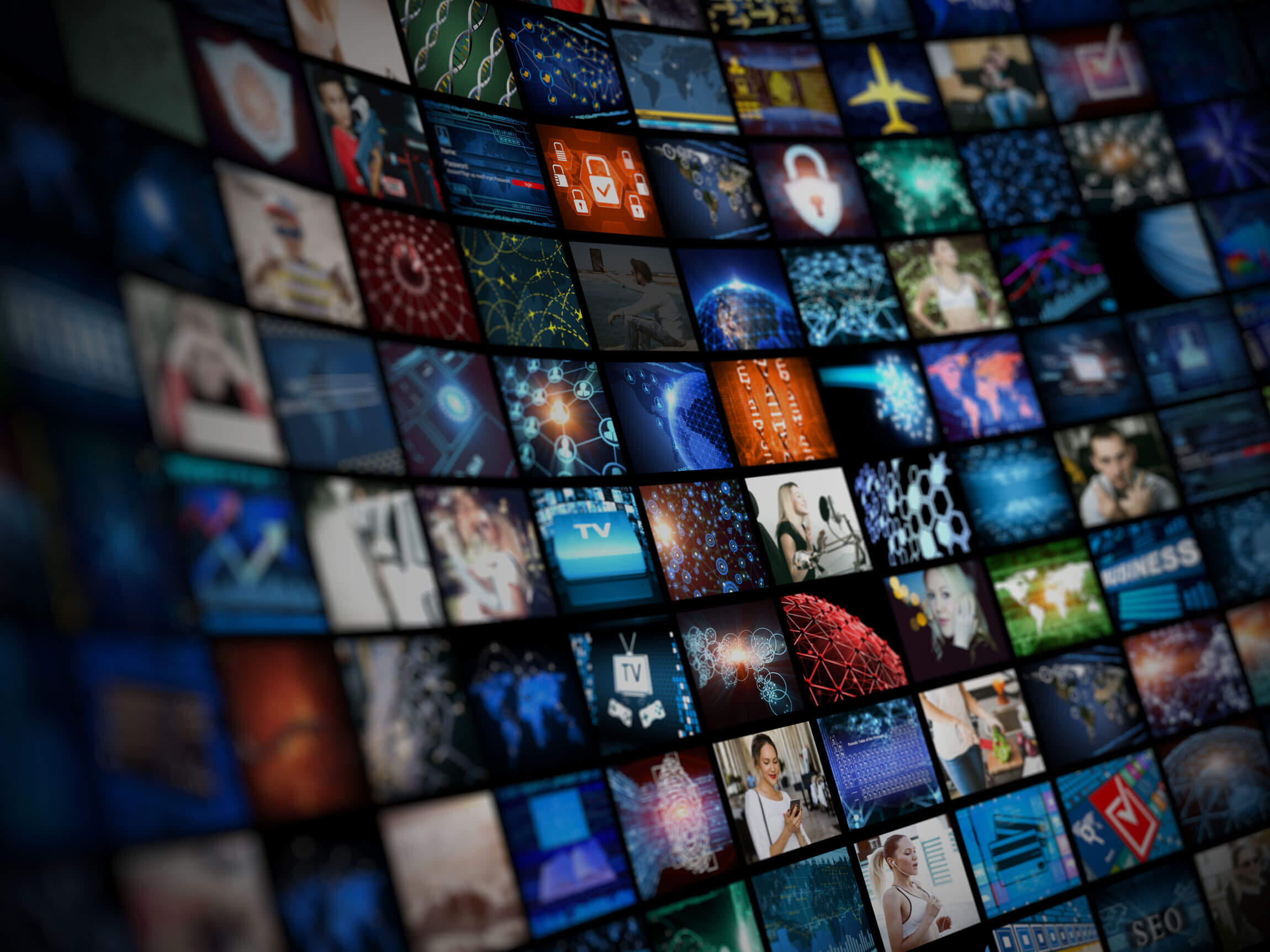Traditional outlets still reign supreme
It’s 4:30 a.m. on a rainy spring morning, and my team of media specialists and broadcast producers has already arrived at the office. We’ve got an hour to get the studio ready. Then our clients — spokespeople for a national nonprofit releasing a new research report today — arrive and the whirlwind begins. Makeup, coffee – lots of it – and a final run-through of their key messages. With every detail in place, we’re off and running for the next six hours.
Over the course of this single morning, the spokespeople will share their messages with more than 30 national and local news outlets across the country, from right here in Washington, D.C., to all the way out west in Seattle. In other words, our early wakeup will have a big payoff: On average, a television and radio media tour can reach an audience of more than three million.
I encounter a lot of people who think 24/7 digital news has made more traditional news media irrelevant. Here’s what I tell them: If you have a story with a great news hook and broad appeal, TV and radio get your message to the most people, even in this digital age. Here are five reasons why they are great mediums for communicating about subjects that matter:
- People are still watching — and listening. More than 70 percent of adults tune into local television news, according to Pew Research Center’s State of News Media report, and local television newscasts continue to see an increase in viewership. Radio is still popular, too. The Pew report found that more than 90 percent of Americans age 12 and older listen to a weekly radio program. What does this mean for our clients? It means more people will see or hear their message than if it were covered in any other medium.
- Local sources are tried and true. Local news programs resonate with viewers because they tell stories that impact the community; if people see a story on the local news, it feels closer to their lives. And local reporters know what their audiences are interested in and how to make it relevant to their community.
- Social is a bonus. Television and radio continue to thrive in the digital age because they view social media as an extension of their reach, rather than an unwanted replacement. When broadcast newsrooms produce content, they don’t just use it on air. They also post it on their websites and social media channels. More than 50 percent of smartphone users report watching smartphone video and television programming at the same time, according to Interactive Advertising Bureau. Television and radio outlets understand the value and impact of social media, and that makes your message go even further.
- Right place, right time. Our media tours start in the wee hours of the morning for a reason: To capture the attention of a growing audience. Early morning news viewership has seen growth, with 4:30 a.m. newscasts reporting a 6 percent increase, according to the Pew report.
- Reach everyone. Television and radio attract broad audiences, including a cross-section of races, nationalities and socio-economic statuses. TV and radio are also great ways to reach Hispanic audiences; the Pew report found that Spanish and English language networks such as Telemundo continue to grow in viewership. On the radio side, more than 500 U.S. radio stations run on a Spanish-language format. For media tours, this means we are not limited by language. We even have in-house fluent Spanish-speaking media specialists.
Sure, you have to be willing to get up bright and early to jump on a satellite or radio media tour. But just remember: television and radio command a diverse and attentive audience. As long as these outlets continue to embrace new technology and create content that resonates with people in every corner of the country, they’ll continue to be vital tools for anyone who wants to convey an important message with broad appeal.




